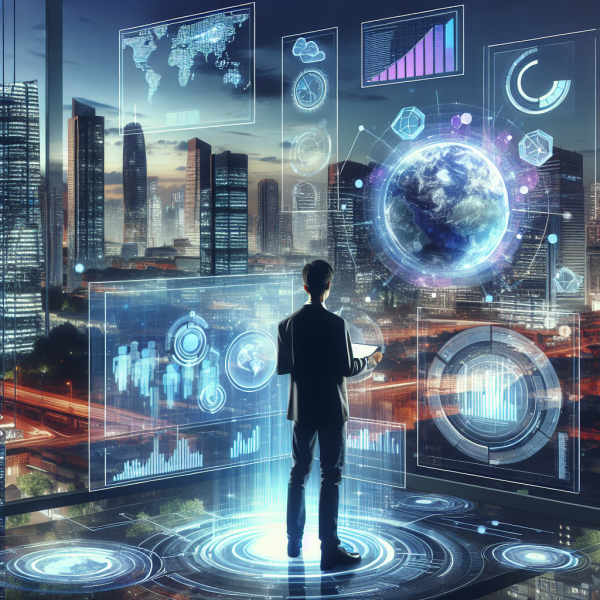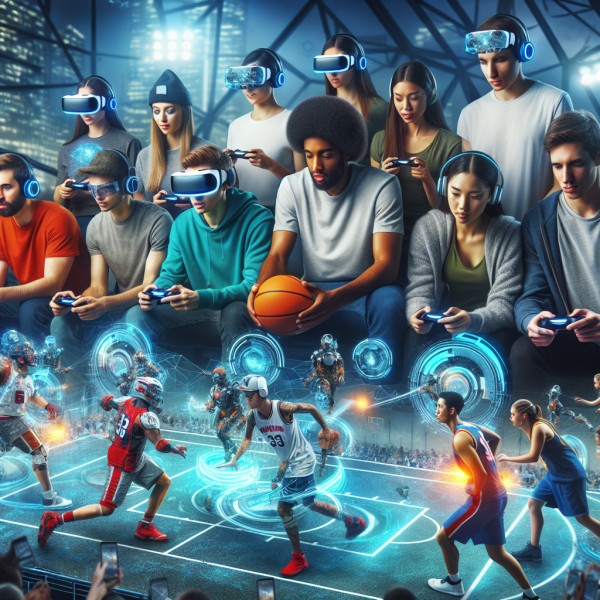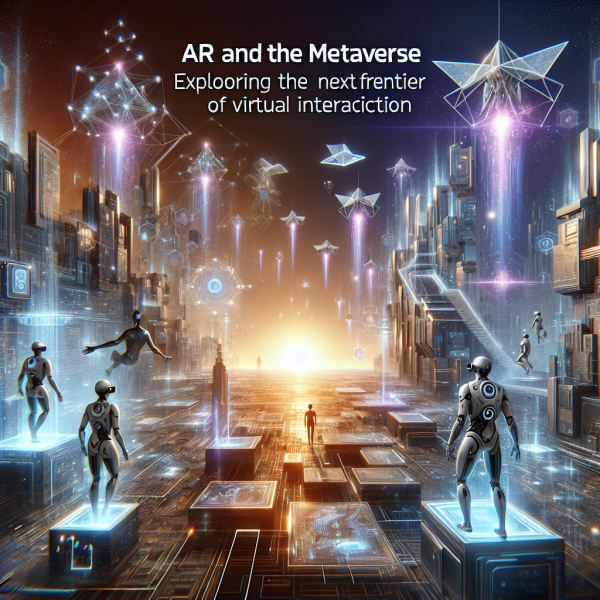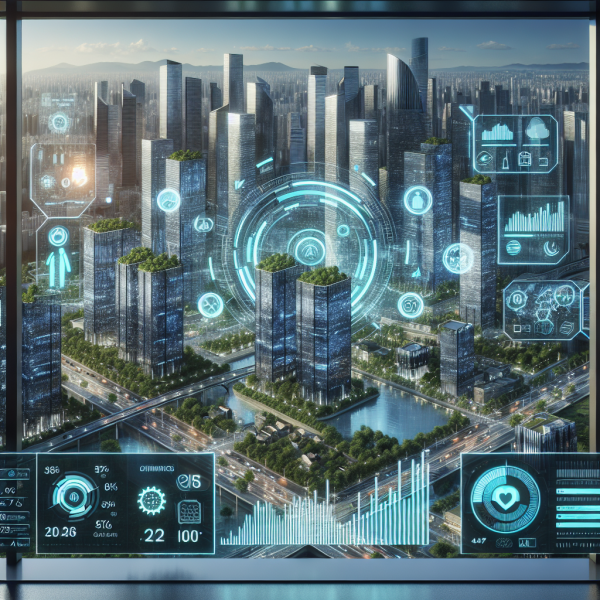The Future is Connected: Exploring the Latest Trends in IoT Innovations
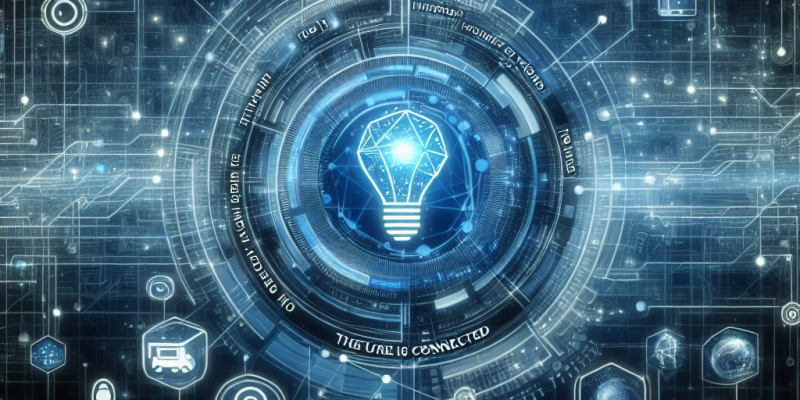
In recent years, the Internet of Things (IoT) has transitioned from a buzzword to an integral part of our daily lives and industries. As we move forward into this increasingly connected world, the evolution of IoT continues to redefine the way we interact with our environments, enhancing efficiency, productivity, and overall quality of life. In this article, we will explore the latest trends in IoT innovations and how they are shaping our future.
1. Smart Homes: A Caretaker and Companion
The smart home revolution is one of the most visible manifestations of IoT technology. From smart thermostats that learn our habits to connected security systems that allow homeowners to monitor their properties remotely, the possibilities are expanding. Trends such as voice-activated assistants like Amazon Alexa and Google Assistant have made it easier for consumers to manage their smart devices seamlessly.
Emerging IoT innovations in smart home technology include advanced home automation systems capable of predictive analytics. These systems not only enhance energy efficiency but also improve user comfort through optimal resource management. Expect to see more homes equipped with smart appliances that can communicate with each other to streamline daily chores.
2. Industrial IoT (IIoT): The Backbone of Smart Manufacturing
In the industrial sector, IoT innovations are transforming traditional manufacturing processes into smart factories. By integrating IoT devices, manufacturers can track equipment performance in real-time, predict maintenance needs through advanced analytics, and optimize production workflows. This shift, known as Industry 4.0, empowers companies to respond to market demands with greater agility.
The rise of edge computing is another key trend in IIoT. By processing data closer to its source, companies can reduce latency and increase the responsiveness of their systems. This innovation not only enhances operational efficiency but also ensures that sensitive data remains secure by minimizing the risk associated with sending it to centralized cloud servers.
3. Health Technology: Remote Monitoring and Smart Devices
IoT is revolutionizing healthcare by enabling remote patient monitoring through wearable devices such as smartwatches and health trackers. These devices can transmit vital health data to healthcare providers in real-time, allowing for timely interventions and personalized care plans. The trend towards telehealth, accentuated by the COVID-19 pandemic, has accelerated the adoption of IoT solutions in the healthcare sector.
As technology progresses, we are likely to see the integration of AI into healthcare IoT applications, enhancing diagnostic accuracy and enabling predictive health analytics. Smart medical devices will increasingly monitor patients’ conditions and communicate results, significantly improving patient outcomes and reducing healthcare costs.
4. Smart Cities: Sustainable Urban Development
Urbanization is accelerating, and with it comes a host of challenges related to infrastructure, resource management, and quality of life. Smart city initiatives leverage IoT technologies to create more sustainable urban environments. Innovations such as smart traffic management systems, connected public transportation, and energy-efficient buildings are on the rise.
One of the most exciting trends in smart cities is the use of IoT for environmental monitoring. Sensors placed throughout urban areas can track air quality, water levels, and noise pollution, providing valuable data to help city planners make informed decisions that promote sustainability and improve residents’ lifestyles.
5. Security and Privacy: Prioritizing Data Protection
As IoT continues to grow, so does the need for robust security measures. With billions of connected devices sharing sensitive data, the risk of cyberattacks becomes a critical concern. Innovations in IoT security are focusing on multi-layered approaches, including decentralized identity management, blockchain technology for secure transactions, and advanced encryption methods.
Moreover, regulations like the General Data Protection Regulation (GDPR) have influenced how companies manage user data, leading to greater transparency and accountability within IoT ecosystems. As users become more aware of their privacy rights, companies will need to prioritize data protection to maintain consumer trust.
Conclusion: A Seamless Future
The future of IoT is undeniably exciting. As technological advancements continue to unfold, we can anticipate a world where connectivity is seamlessly integrated into every facet of our lives. From enhanced automation in homes and industries to improved health outcomes and sustainable urban planning, IoT innovations promise transformative changes.
While challenges related to security and data privacy must be addressed, the overarching trend points towards a more connected, efficient, and sustainable future. As we embrace these advancements, we must also remain mindful of their implications, ensuring that technology serves humanity’s best interests in the connected world ahead.

